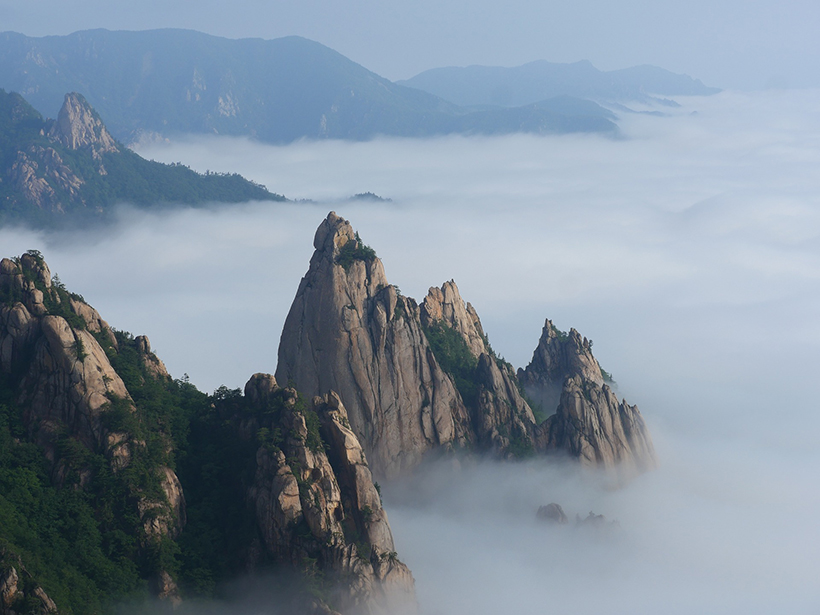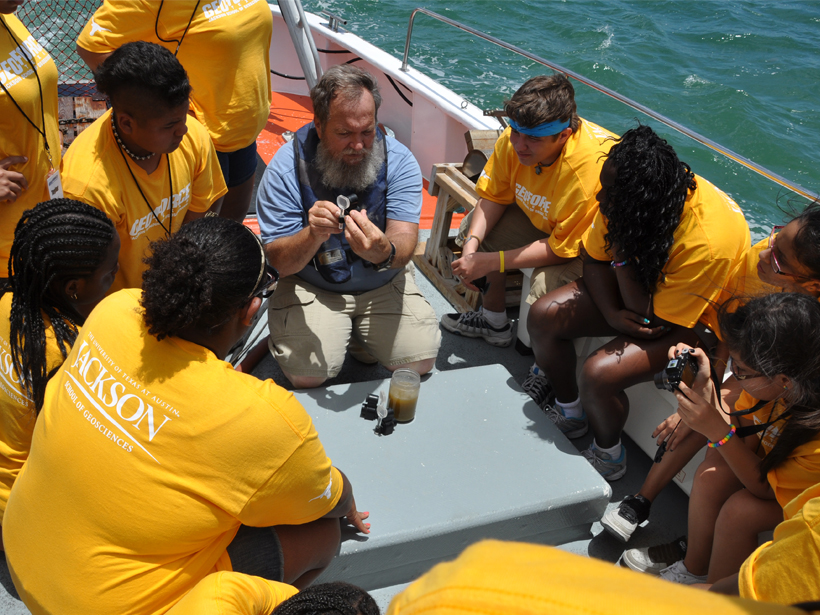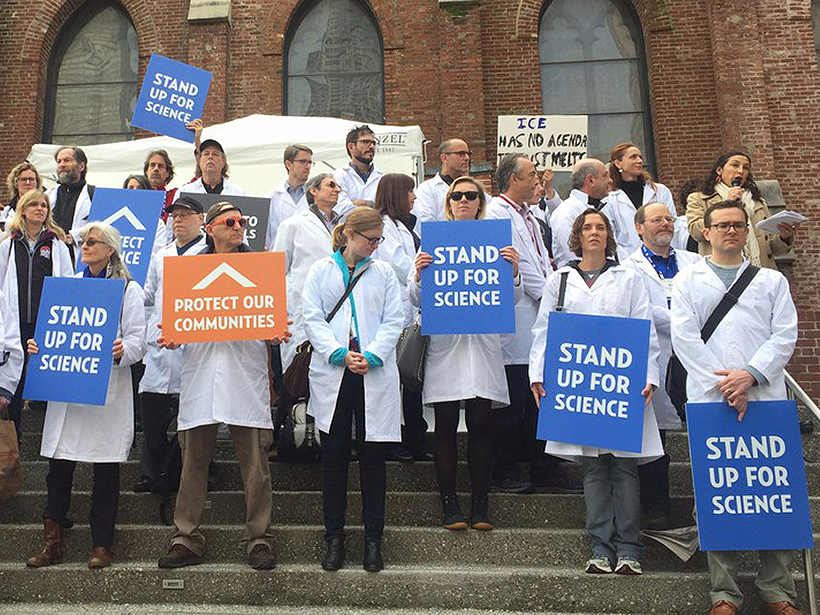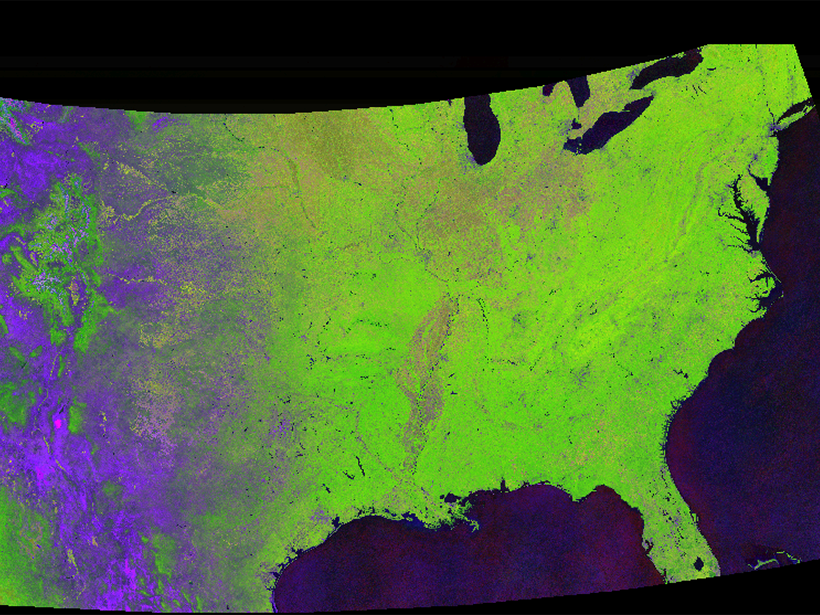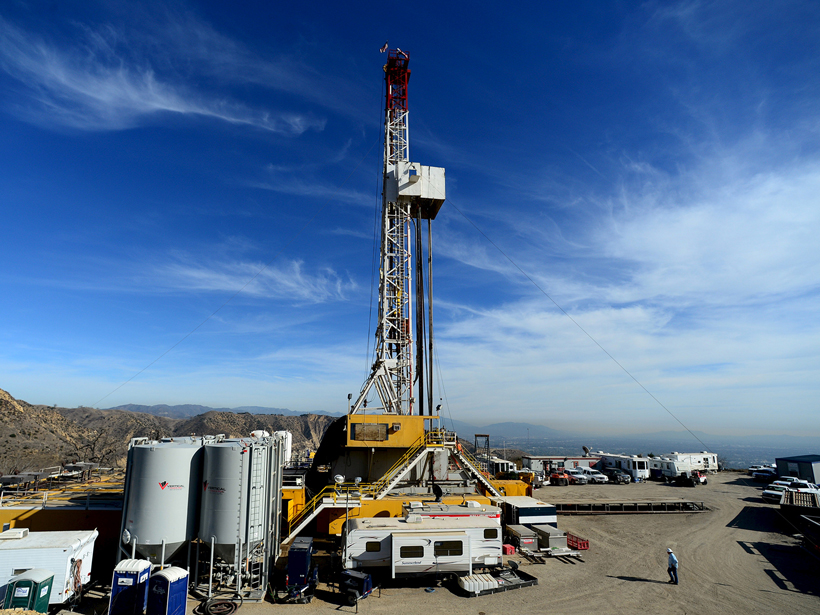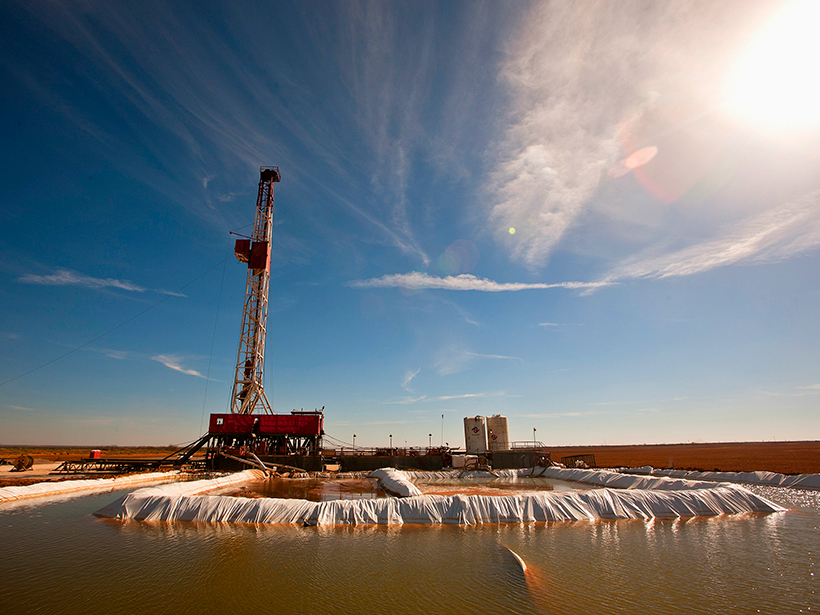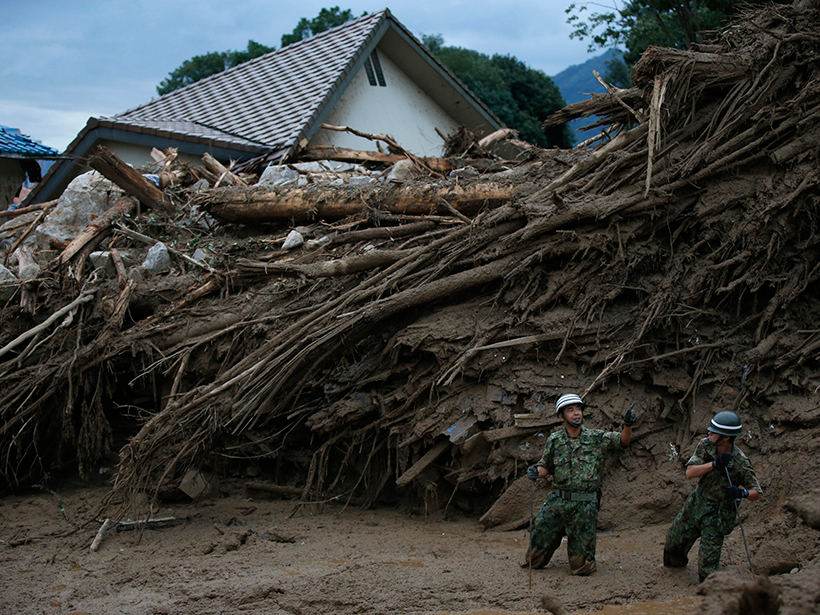Inland from the seagrass and salt marsh ecosystems that border the ocean, upper estuaries store more carbon than previously realized and could play an important role in mitigating climate change.
Aaron Sidder
Aaron Sidder is a freelance writer based out of Denver, Colo. He has a master’s degree in ecology from Colorado State University. Aaron was an AGU-sponsored AAAS Mass Media Science & Engineering Fellow at National Geographic in 2016, and he has been writing for Eos ever since. In addition to Eos and National Geographic, he has written for National Geographic Kids Magazine, Smithosonian Smart News, 5280 Magazine, and the Santa Fe Institute. In his free time, he cultivates an extensive—and growing—collection of field guides from around the country.
Cycles of Mountain Building Formed 2018 Winter Olympics Terrain
The Korean Peninsula’s rich geologic history can be traced on the slopes of the alpine ski course.
Geosciences Make Modest Gains but Still Struggle with Diversity
A new report reveals that increasing numbers of women are studying and working in the geosciences, but the field continues to lag in attracting underrepresented groups.
Postelection Angst Spurs Some Women Scientists to Ally and Act
An advocacy group for women scientists has formed in reaction to the contentious 2016 U.S. presidential campaign and expects to participate in the Women's March on Washington this weekend.
Tracking Global Change with a Cloud-Based Living Atlas
With their feet in the cloud, Descartes Labs is pushing the limit of how we study the Earth with satellite images.
A Quest to Put Sea Level Rise Data in Your Pocket
A new climate change app uses interactive data maps to engage users and prompt the exploration of questions related to changing sea levels and climate vulnerability.
Soil Bacteria Could Help Absorb Natural Gas Leaks
For the first time, new research examines the response of terrestrial soil microbes to a massive natural gas blowout and offers hope for new remediation strategies.
From Science to Storytelling: An Experiment in Journalism
From ominous deadlines to Internet trolls, AGU's 2016 AAAS Mass Media Fellow recounts his experience writing for National Geographic as a science journalist.
Largest Ever U.S. Shale Oil Deposit Identified in Texas
The Wolfcamp shale, which underlies a large swath of Texas roughly centered on the city of Midland, contains 20 billion barrels of oil that could be recovered with current technology.
Tracking Landslide Hazards Around the World, Pixel by Pixel
Combining satellite precipitation measurements and remotely sensed environmental data, a new system aims to improve landslide awareness and preparedness in all corners of the globe.


